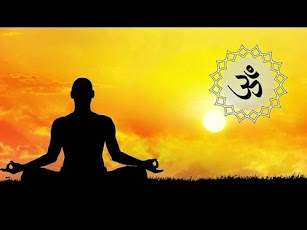Moral life-2

Theory of sorrow Samkhya - oldest Indian philosophy- established the theory of sorrow which is not based on Karma like Mimansaka. Samkhya stated that because we act according to our Gunas- Sattva, Rajas and Tamas , our actions are not result of free will. Therefore the actions are not conducted by Purusa. Samkhya advanced that there are three types of sorrows or pains- The first is spiritual ( Adhyatmika ) -- which caused by our own dilemma like feeling solitude, confusion. The other is external ( Adhibhautika ) like injury, body pain, fever . And the third is divine ( Adhidaivika ) caused by planets and stars. The Bhagwat Gita remained the main book of codes for the society and thousands of years this book was praised as the guide to live the better life, life accordance to the knowledge. The Bhagwad Gita is one of the most popular religious books of the Hindus. It gives the philosophy of Karma. “All the different classes of Sanyasis and Sadhus who...


